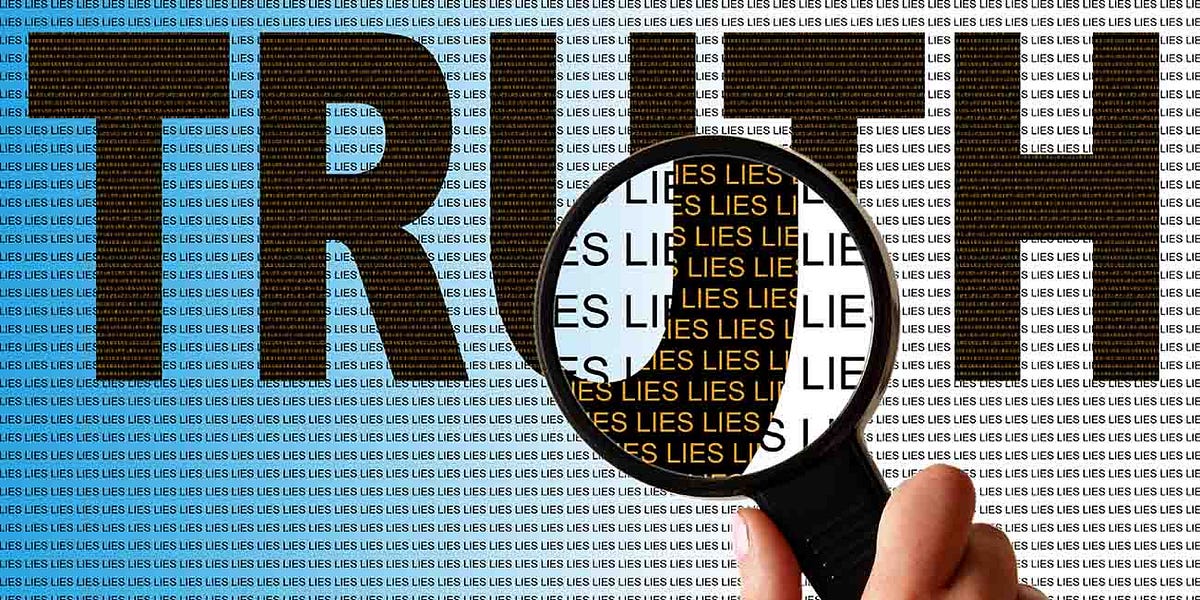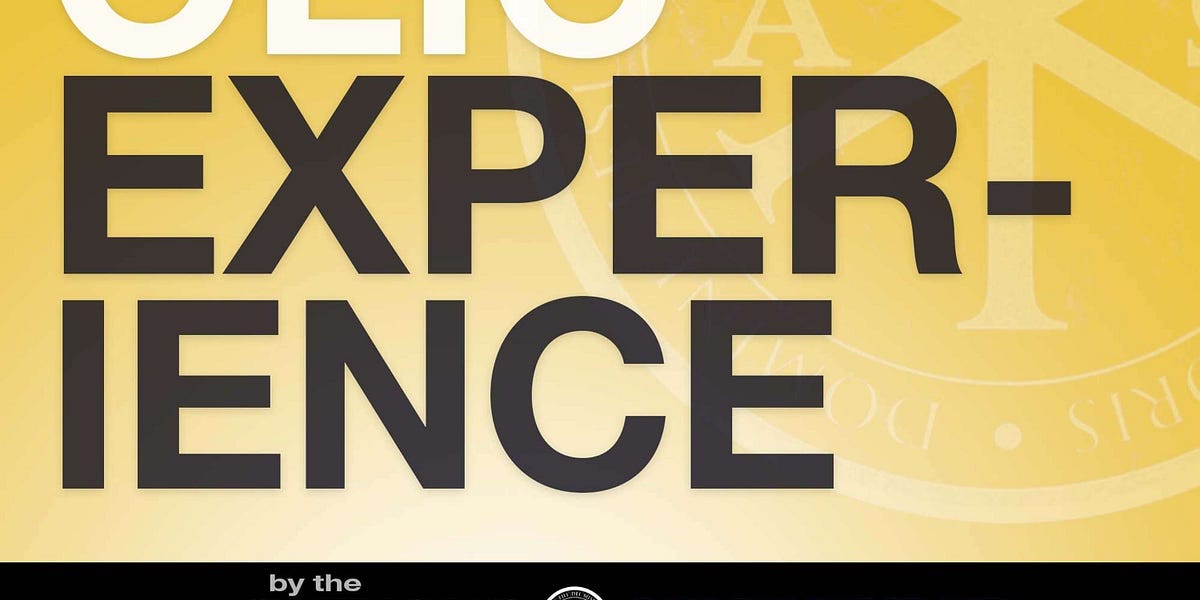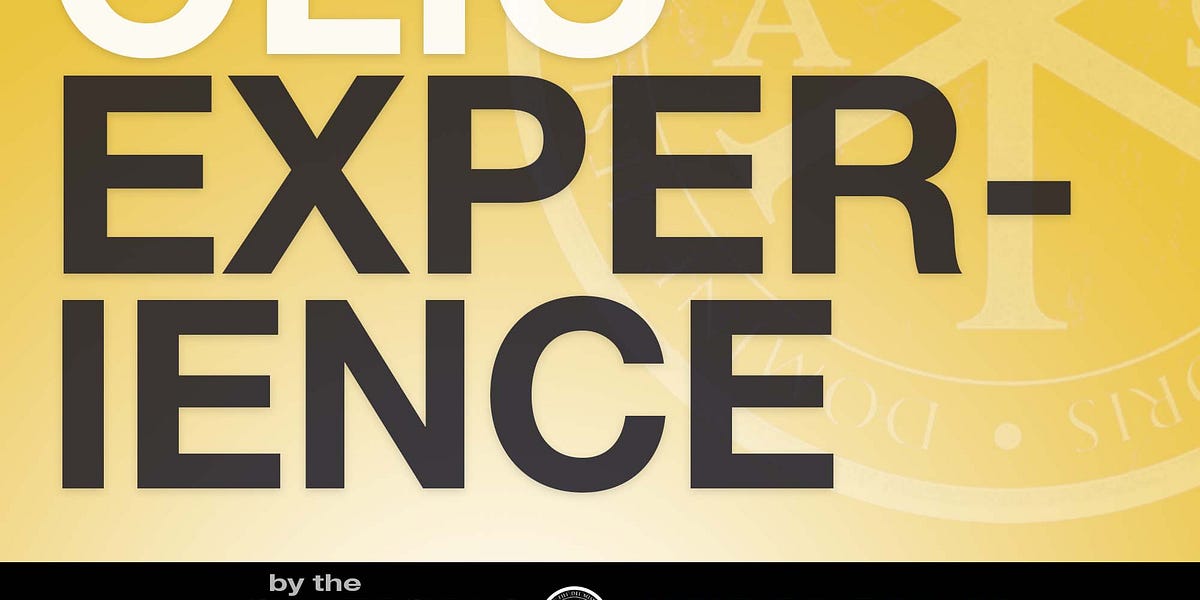This video (below) was created by Grok. It’s very impressive—at least at first glance. But it says more than it shows, and it reveals something about modern culture.
I asked for a video of Captain America praying a rosary. You don’t need especially sharp eyes to notice the problem with what it generated from that prompt: the “rosary” in the video doesn’t look like a real rosary at all. The beads, the placement, the spacing—it’s all off. And Captain America himself doesn’t really look like he’s praying the rosary; he just looks like he’s praying while wearing something that resembles a rosary.
But does it come close enough to telling the story intended? Would we accept that as “Even Superheroes pray the rosary” despite recognizing the flaws in the depiction? Of course we would. And that’s my concern.
A lot of AI art falls short in exactly this way. There’s always something that’s just wrong enough to be noticeable, but not wrong enough to make the whole thing useless. Maybe it’s six fingers on one hand, something in an AI video moving in an unnatural way, or something just slightly “off” in the composition. Usually, the image or video still gets used—because it’s close enough. It’s the best we can get, so we settle for it.
And that’s where we run into a deeper problem.
“Close enough” has its place in life—patience and tolerance of things that are less than perfect are important virtues or character traits to develop. But it has no place in the economy of Truth, where it usually comes into play”. We not only accept “True enough” but we also manufacture it.
“Jesus loves unconditionally” - That’’s close to the truth, but it isn’t the Truth. Still, it’s the truth we accept.
“Everyone goes to Heaven” - That’s a manufactured truth that isn’t True at all.
Love=Love - Also a manufactured truth that’s discordant with reality (I just wanted to throw a non-religious example in there)
As a culture, we’ve grown comfortable fabricating or manipulating Truth and Reality itself. We accept distortions if they’re “good enough” for our purposes. It goes deeper than accepting “Close enough”—we actively take something that’s already True and reshape it into something we’d rather have. This is how Scripture, teaching, and doctrine and lifeget disfigured. It’s how basic Truth gets mangled in the modern human order:
“I feel it should be this way, not that way—so I’ll make it so, even if it’s not so.”
We settle for “true enough” instead of Truth. But “true enough” is just a polite name for a lie. When we distort reality, we offend it—and reality has a way of striking back. Consequences might come slowly at first, but they hit big over time.
We tolerate what is less than truth for the sake of what we want from it. Reality, however, is not so tolerant. It’s a tough teacher, and it doesn’t abide a class clown.
Here are a few of things I produced that are directly related to this subject of Truth and fidelity to reality (Two articles article, and two podcasts).
Don’t cheat yourself—check out those podcasts, not just the articles. Don’t eat the appetizer and skip the main course





